1981: Medical kits & guides
In 1981, starting in refugee camps in Thailand, MSF began developing ready-to-use medical kits custom designed for specific emergencies, geographic conditions, and climates as well as standardized medical guidelines to streamline delivery of care. In 1988, the World Health Organization (WHO) adopted the concept with its “emergency health kit.” MSF now employs medical and logistics kits for a wide range of crisis situations, from quickly setting up an operating room to launching a mass vaccination campaign.

1986: Logistique
This MSF purchasing and supply center, created in 1986, ensures that MSF teams on the ground have the materials, transportation, and logistical support they need to quickly and efficiently respond where they’re needed most. The creation of this satellite changed the way MSF operates in the field, making it more self-sufficient. It also meant doctors and nurses could spend more time with patients and less time procuring medications and tracking supplies and equipment. In 1989 a second logistics center, MSF Supply, was opened in Belgium, and in 2008 Logistique opened a subsidiary facility in Dubai, United Arab Emirates.
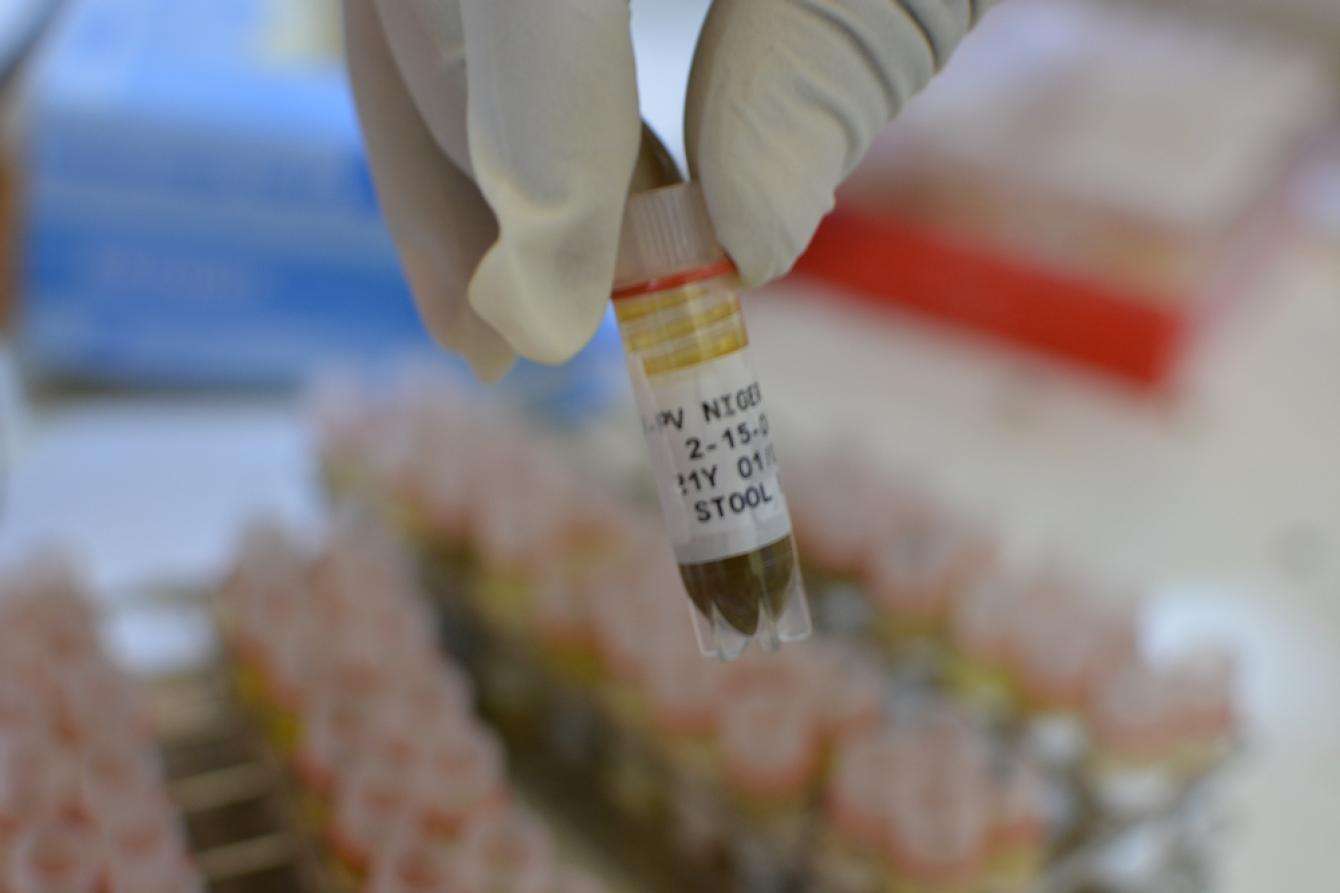
1987: Epicentre
This nonprofit organization was founded by MSF in 1987 to carry out epidemiological research in humanitarian settings, including refugee crises and epidemic outbreaks. Epicentre conducts research, clinical trials, and training—and also regularly publishes findings in scientific journals to share important data and perspectives on humanitarian medicine. In 1996, Epicentre was named a World Health Organization collaborating center for research in epidemiology and response to emerging diseases.
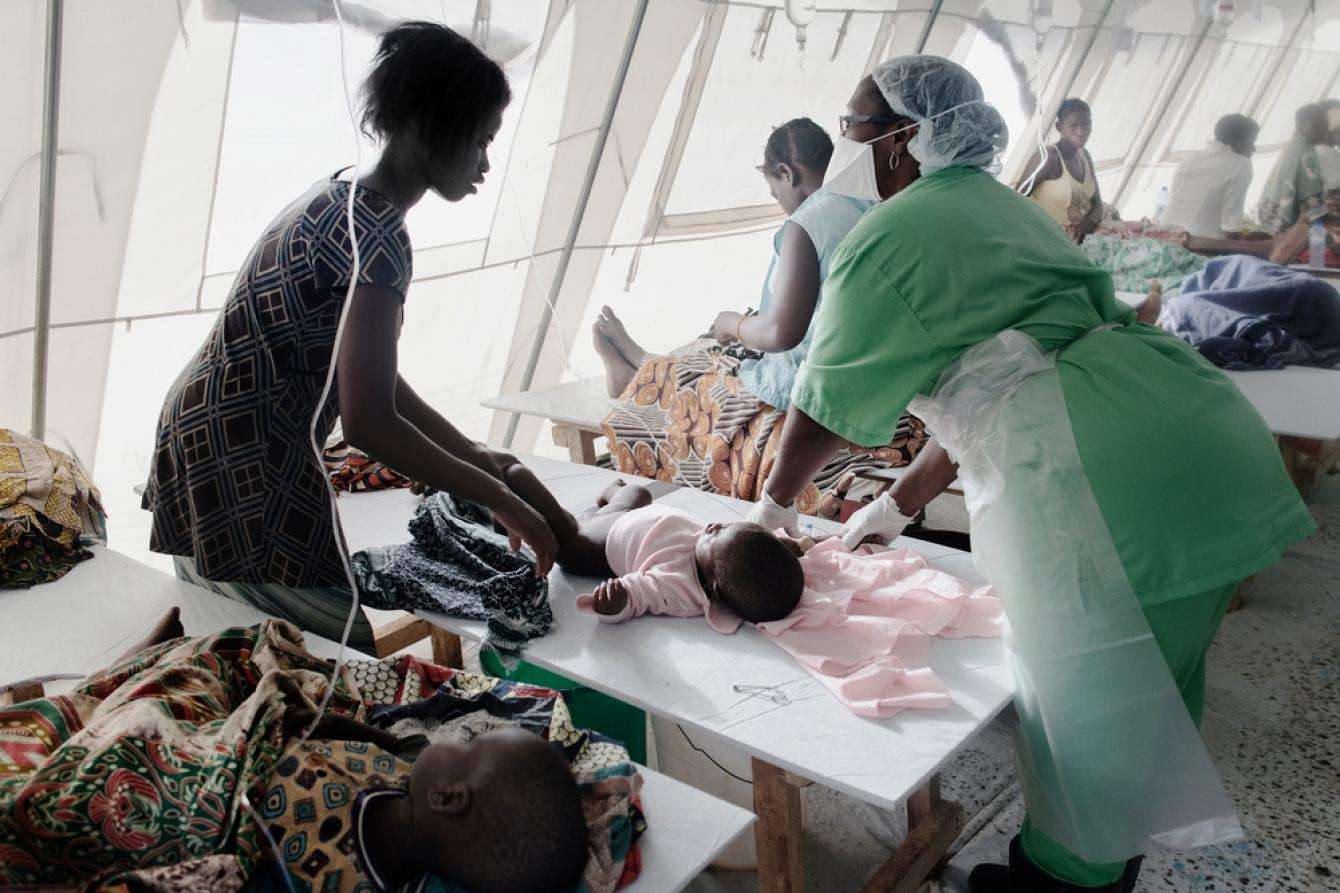
1988: Cholera treatment
In 1988, MSF employed cholera treatment centers (CTCs) in Malawi to address an epidemic among refugees from Mozambique. The CTC model, designed to provide rapid medical care to large numbers of patients while also isolating them to prevent further spread of the disease, is MSF’s most significant contribution to cholera epidemic response. In the 1990s, the model was adapted for use on a massive scale to address epidemics in camps inhabited by hundreds of thousands of people.

2002: Malaria treatment
MSF first began using artemisinin-based combination therapy (ACT) to treat malaria in trials in refugee settings in Thailand in 1996. In 2002, based on studies conducted in Burundi and other countries that showed high levels of resistance to chloroquine and other classical anti-malaria drugs, MSF recommended ACT be used to treat malaria in all its projects. In 2006, WHO changed its guidelines on malaria treatment, calling for ACT to be integrated into national protocols.
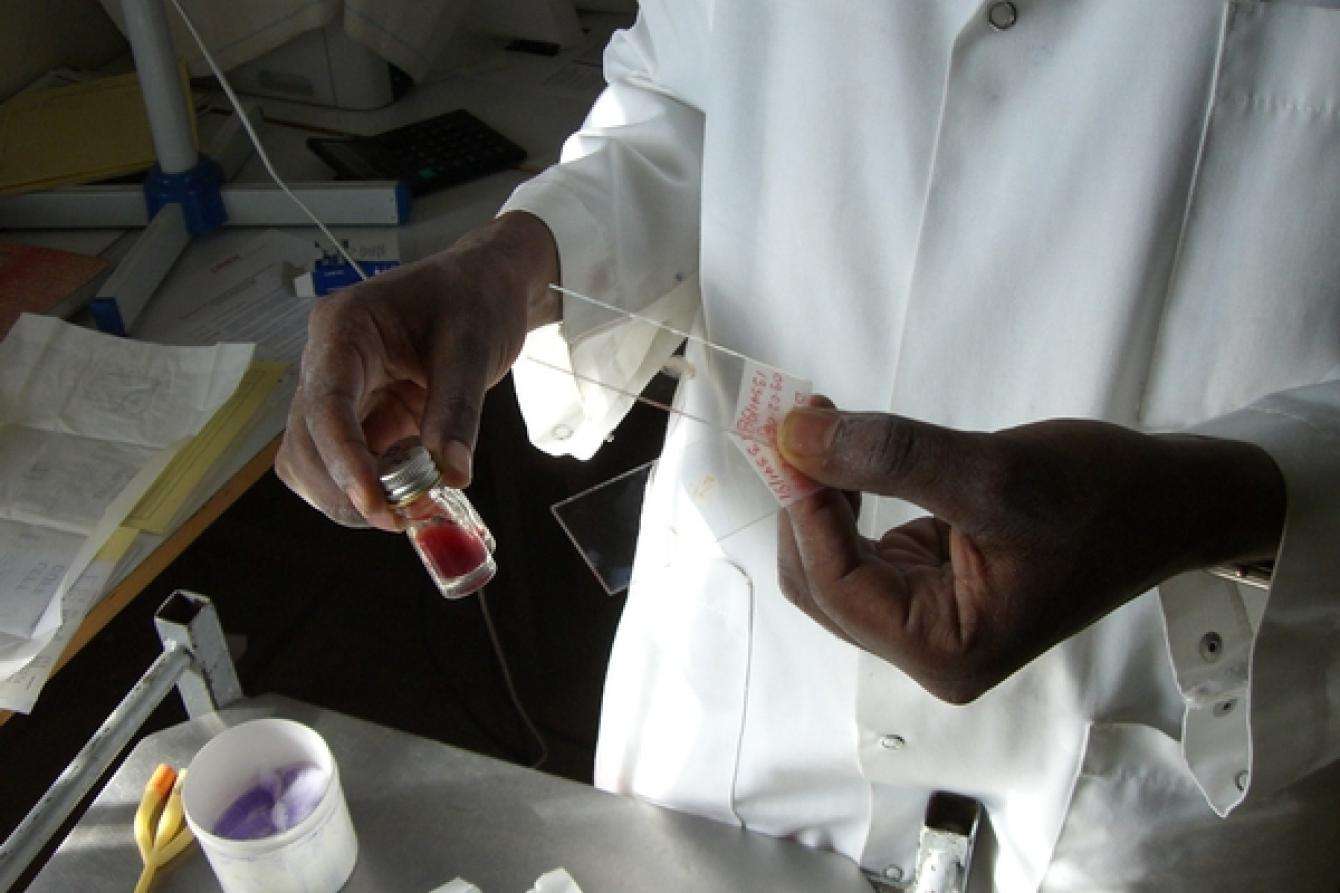
2003: DNDi
DNDi In 2003 MSF helped found the Drugs for Neglected Diseases initiative, a patient-needs driven, not-for-profit research and development organization that develops safe, effective, and affordable treatments for neglected diseases. DNDi developed the first new treatment for sleeping sickness in a quarter century, nifurtimox-eflornithine combination therapy (NECT)—a game-changing regimen that replaced an old therapy that killed one in 20 patients. Learn more at dndi.org.
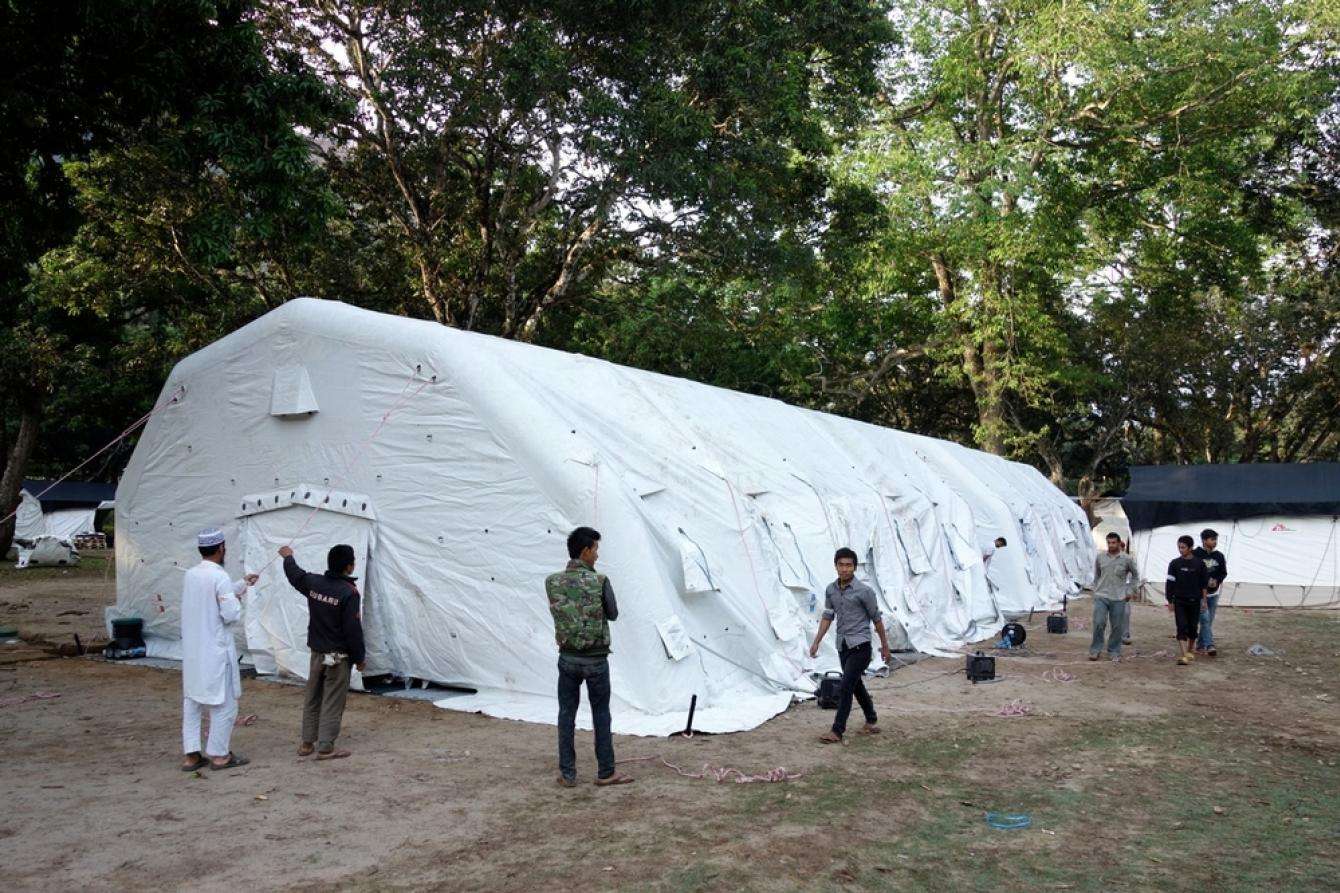
2005: Inflatable hospitals
MSF first used an inflatable hospital—comprising nine tents, four operating theaters, an emergency room, an intensive care unit, and 120 beds—in response to the 2005 earthquake in Pakistan. Since then such hospitals have become a staple in MSF’s projects, especially in places where medical infrastructure has been damaged by conflict or natural disasters.

2005 : Ready-to-use therapeutic foods
In 2005, MSF treated 60,000 children suffering from severe acute malnutrition in Niger by providing ready-to-use therapeutic food (RUTF)—a fortified milk paste rich in vitamins and minerals. The project resulted in a cure rate of more than 80 percent, proving that RUTF could be used to treat patients at scale and paving the way for the Nigerien Ministry of Health to revise its national treatment protocol for severe acute malnutrition. Nutrition programs including RUTF, and later ready-to-use supplementary food (RUSF), enabled most malnourished children to be treated at home, decreasing the pressures on families to remain with children during their rehabilitation and reducing the children’s risk of acquiring infections during inpatient care. In 2006, the treatment of malnutrition was integrated into Niger’s national action plan against food insecurity for the first time. RUTF has had a substantial impact on how governments, humanitarian organizations, and other groups treat children with severe malnutrition.

2008: HIV care
First piloted in Tete, Mozambique, in 2008, community antiretroviral (ARV) groups (CAGs) are a key example of innovation in low-resource settings. Under this model of care, HIV/AIDS patients in rural regions far from clinics form community groups and take turns picking up ARV drugs for other group members and providing support for adherence to treatment. CAGs have improved adherence rates and are now widely adopted.
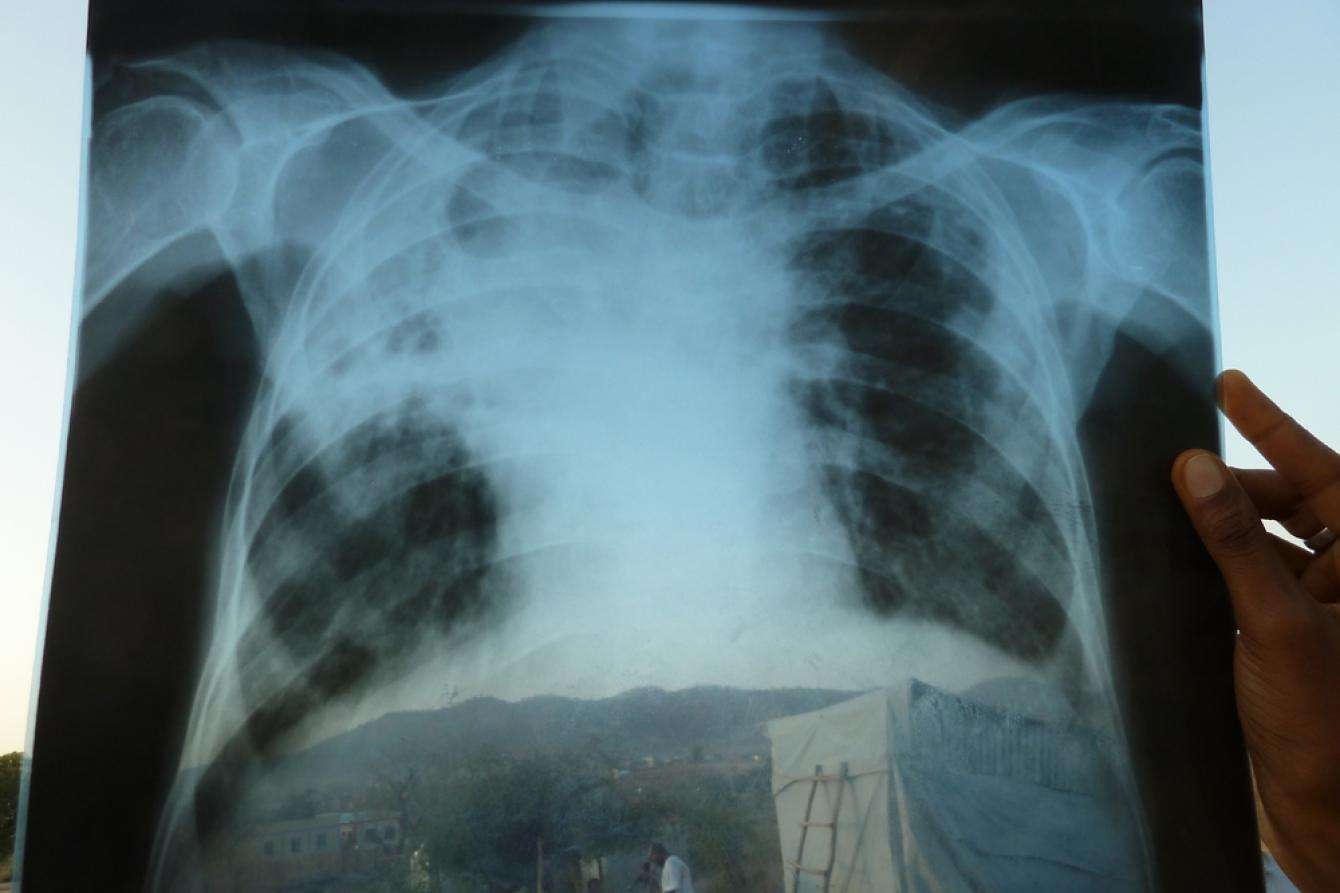
2009: Telemedicine
MSF first piloted the use of telemedicine in 2009 and consolidated multiple platforms in different languages in 2013 to create a more secure and accessible system. MSF’s platform allows doctors and nurses in the field to easily consult with both MSF and non-MSF experts and specialists anywhere in the world by posting text and images, including X-rays. The site is built to serve the needs of staff in remote locations with inconsistent Internet connectivity and low bandwidth, and so does not support video at this time. Staff receive a cell phone alert when their questions are answered by experts around the world.
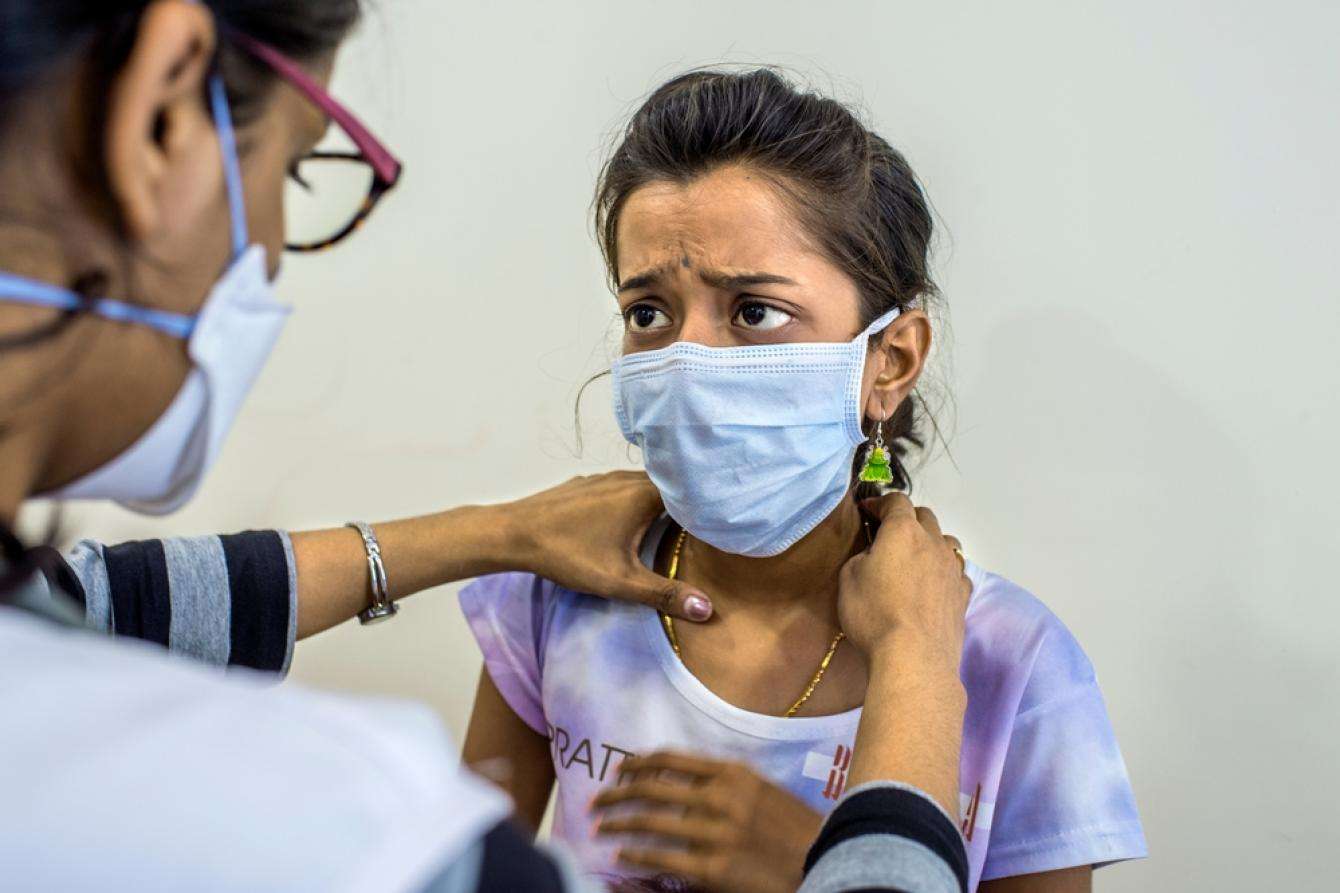
2013: Drug-resistant tuberculosis
In 2013, MSF began implementation of a shortened treatment course for drug-resistant tuberculosis (DR-TB) in Uzbekistan. In 2016, after a number of observation studies conducted by MSF and others, WHO recommended that countries move toward shorter treatment regimens—rather than the typical 24-month courses—for some people with DR-TB. These new treatment regimens are revolutionizing care for patients who would otherwise be forced to stick to the old options, which often mean taking nearly 15,000 pills over two years and possibly experiencing side effects ranging from deafness to psychosis.

2014: Unmanned aerial vehicles
In 2014, MSF experimented with the use of unmanned aerial vehicles (UAVs), or drones, in Papua New Guinea to transport sputum samples from patients with suspected TB from remote health centers to a hospital for testing. The trial was one of the early uses of UAVs to help provide medical assistance. This year, MSF’s innovation unit in Tokyo is planning to test better and more affordable drones for humanitarian aid delivery.





